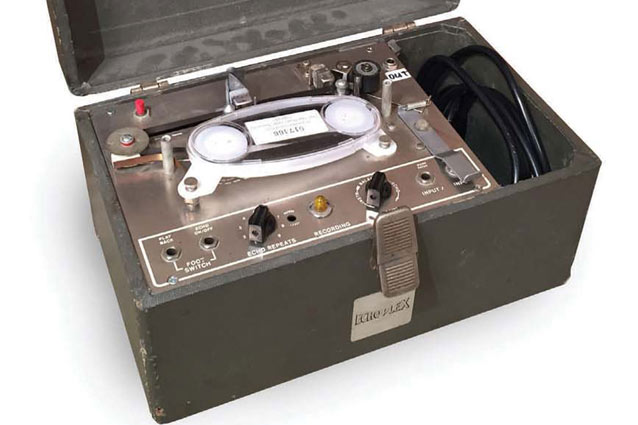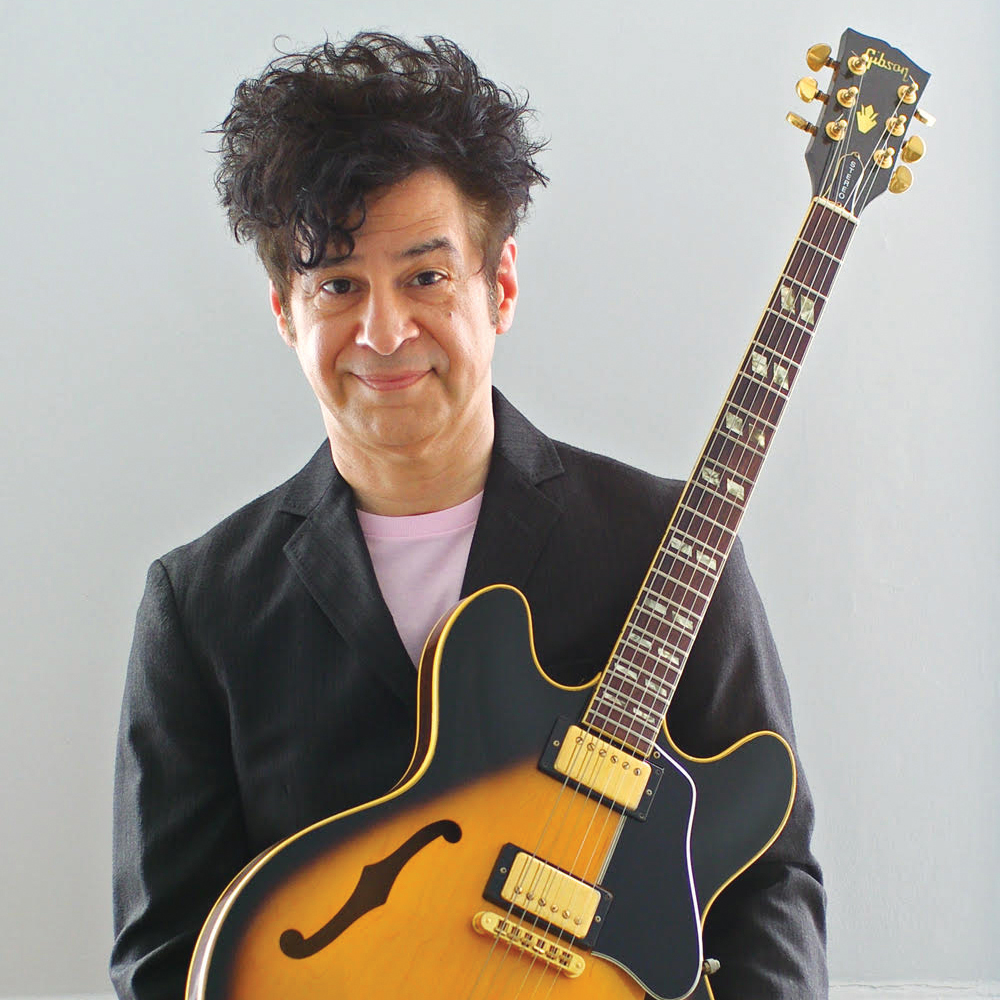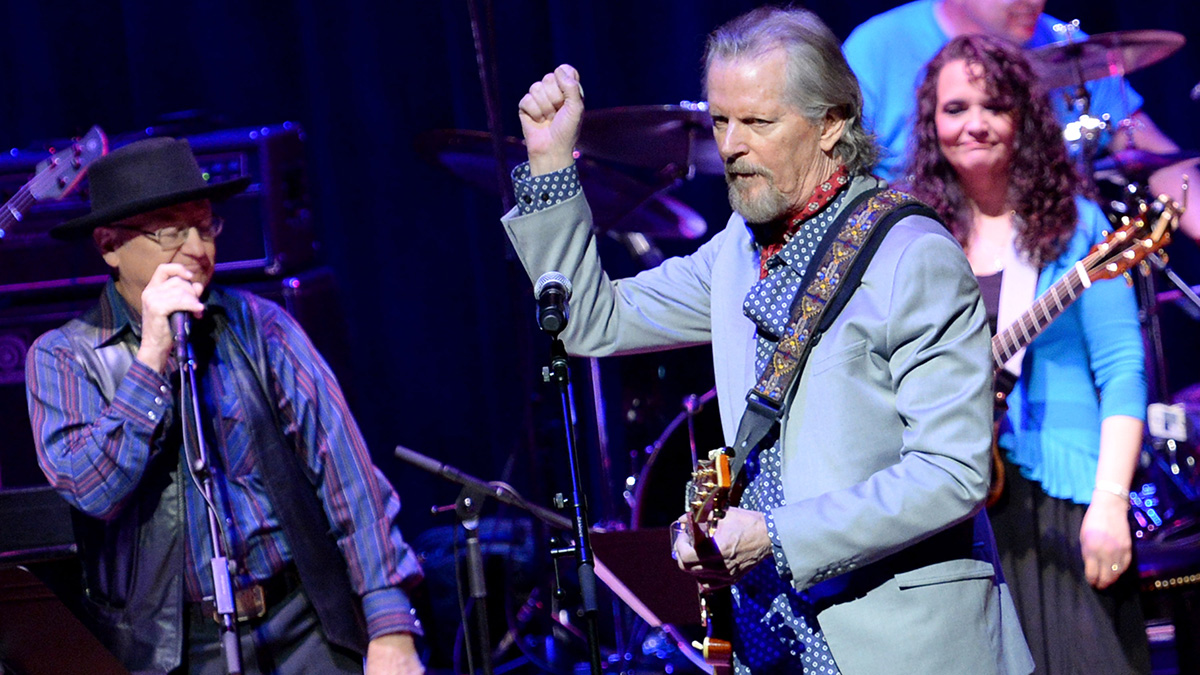Why Tape Delay Goes in Front of Your Amp
A demonstration of why tape delay works better in front of the amp, as opposed to digital delay.

Guitar tone is an individual thing, and when it comes to your preferred tone, you have to do things your way. For example, there are recommended ways to chain together your effects pedals—for example, filters, such as a wah, before distortion pedals—but you may prefer to swap things around if that’s what sounds better to you.
Having said that, there are some pedals that just work best in certain parts of your signal chain. With that in mind, Phillip McKnight has created this video to demonstrate why tape delay works better in front of the amp, as opposed to digital delay, which you would typically place in your effect loop, provided that your amp has one.
As Phillip explains, digital delay sounds better in an amp’s effect loop, where it’s behind the preamp—the source of your overdrive. But in the case of tape delay, he says, it’s preferable to place it in front of the preamp because the tape delay has its own preamp that helps to boost your guitar signal.
He explains that back in the day, when tape delays like the Echoplex were the only way to create delay, “Musicians realized that tape delay not only had a unique sound—kind of like a record versus a digital recording—but it actually could drive the amplifier from the preamp in the delay.” The preamp could also act, he says, as a “thickening agent and would warm an amplifier up.” In fact, many guitarists, including Eddie Van Halen and Jimmy Page, used the Echoplex for its tone-enhancing abilities as much as for its echo effects. This same enhancement is offered today in pedals like Dunlop’s EP101 Echoplex Preamp.
In the video, Phillip uses a Wampler Faux Tape Echo V2 to demonstrate the sound of a tape-style delay pedal in front of the amp and in an amp’s effect loop. He also tosses in a digital delay via a TC Electronic Flashback Delay and Looper, just to show how a digital delay sounds in front of the amp, rather than in the effect loop.
Check it out, and as always, visit Phillip’s YouTube page for more of his great videos.
Get The Pick Newsletter
All the latest guitar news, interviews, lessons, reviews, deals and more, direct to your inbox!
Christopher Scapelliti is editor-in-chief of Guitar Player magazine, the world’s longest-running guitar magazine, founded in 1967. In his extensive career, he has authored in-depth interviews with such guitarists as Pete Townshend, Slash, Billy Corgan, Jack White, Elvis Costello and Todd Rundgren, and audio professionals including Beatles engineers Geoff Emerick and Ken Scott. He is the co-author of Guitar Aficionado: The Collections: The Most Famous, Rare, and Valuable Guitars in the World, a founding editor of Guitar Aficionado magazine, and a former editor with Guitar World, Guitar for the Practicing Musician and Maximum Guitar. Apart from guitars, he maintains a collection of more than 30 vintage analog synthesizers.
“If you’ve ever wondered what unobtanium looks like in amp form, this is it”: Played and revered by Stevie Ray Vaughan, Carlos Santana, and John Mayer, Dumble amps have an almost mythical reputation. But what's all the fuss really about?
“For the price, it’s pretty much unbeatable”: Harley Benton JAMster Guitar review





![[from left] George Harrison with his Gretsch Country Gentleman, Norman Harris of Norman's Rare Guitars holds a gold-top Les Paul, John Fogerty with his legendary 1969 Rickenbacker](https://cdn.mos.cms.futurecdn.net/TuH3nuhn9etqjdn5sy4ntW.jpg)





